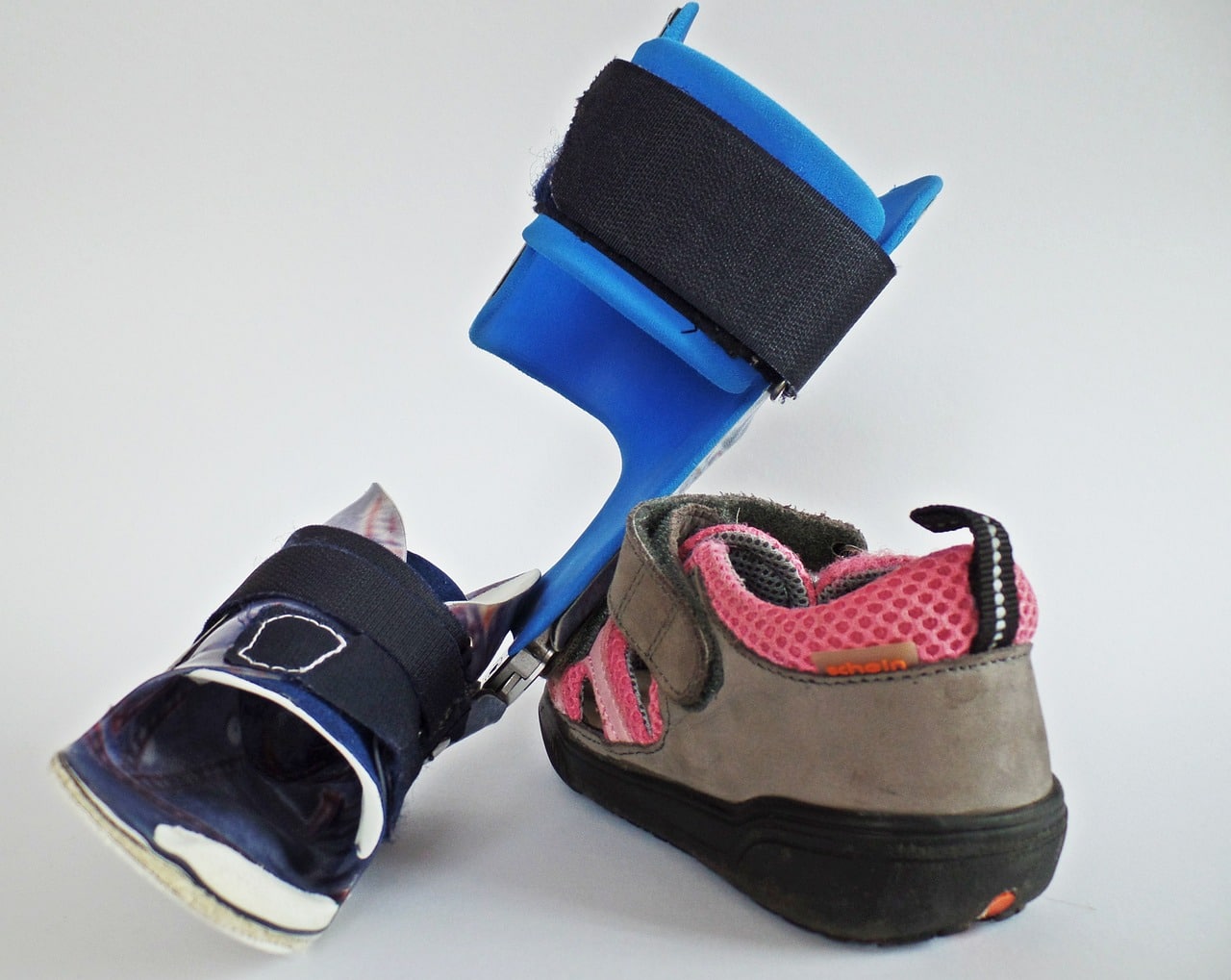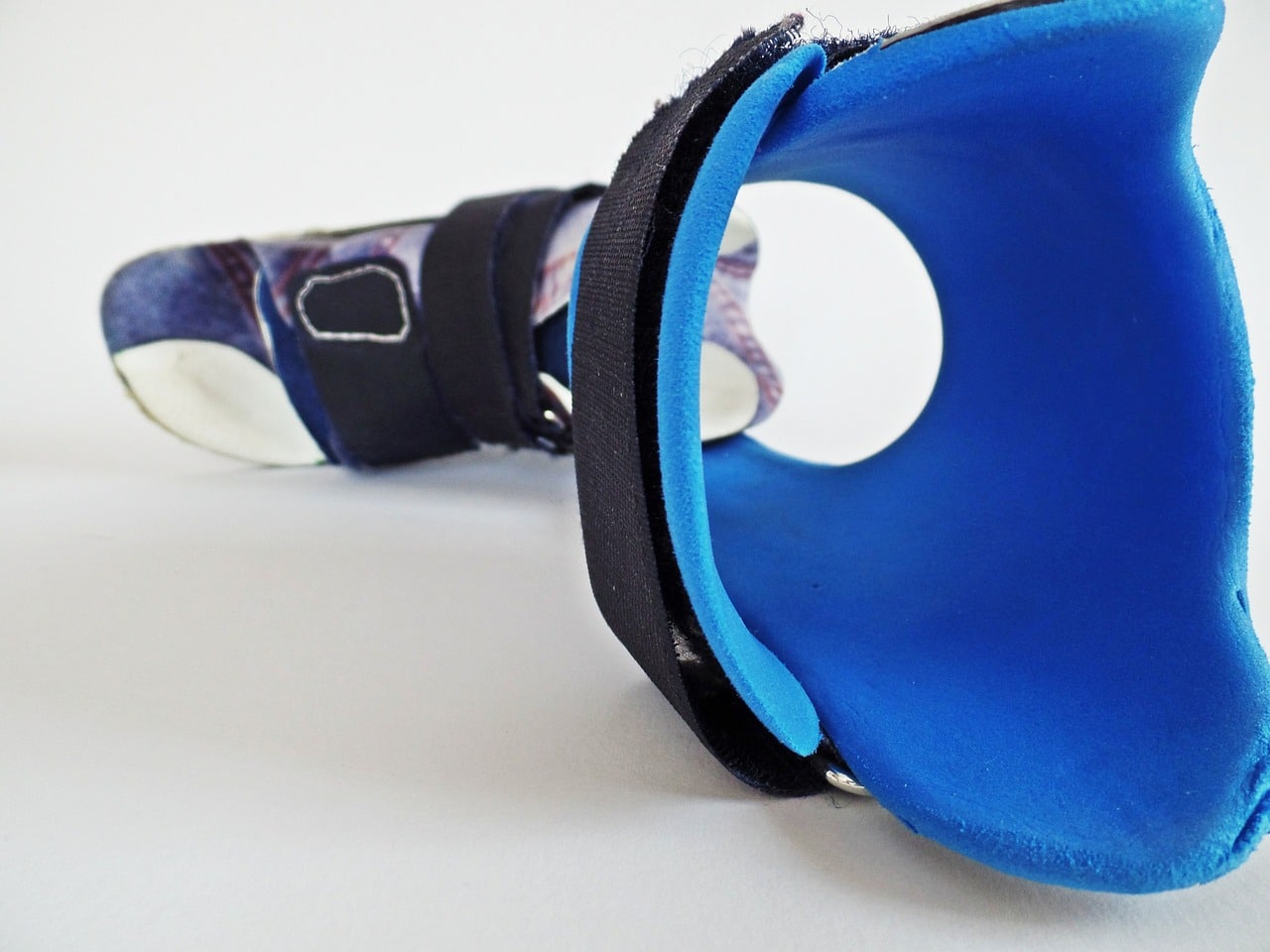Different Types Of Ankle-Foot Orthosis And Their Respective Uses

If you have been having foot troubles lately and you can’t seem to understand why it is always in constant pain, then you might be suffering from “drop foot.” This disorder is basically characterized by the inability of a person to raise their foot at the ankle joint.
Drop foot makes the simple act of walking very difficult because the toes tend to drag on the ground which makes a person easy to trip. Some people try to compensate by using their hips to lift their foot off the ground or sometimes, they would swing their legs outwardly ending with the foot clearing off the ground. These methods are called “steppage gait” and “circumduction”, respectively.
The problem with drop foot, however, isn’t just the constant pain a person experiences but rather the underlying problems behind it. Drop foot can oftentimes be an indication of other health problems. In fact, chronic foot pains can even be caused by diabetes and when left untreated can further damage the nerves in your feet.
Other conditions that may cause foot drop would include multiple sclerosis, stroke, sciatica, and spinal cord injury.
Drop foot can either be unilateral (one foot) or bilateral (both feet) and could be temporary or permanent depending on the underlying cause behind it.
The Magic of Orthotics
If you don’t want any surgery done on your foot, then orthotics is definitely the way to go. Orthotics, or orthoses as they are often called, are devices that people wear to correct their foot and ankle problems without resorting to surgery. Orthotic devices can range from foot pads to shoe inserts, ankle braces, and even shoes.
However, the need to purchase orthotic shoes isn’t just to avoid surgery. According to the American Orthopaedic Foot & Ankle Society, orthotics can help ease the symptoms associated with foot pain by applying and changing the pressure on certain parts of the foot. Orthotics can serve as a motion support and improve not just movement but posture as well.
Introducing the Ankle-Foot Orthosis (AFO)
Ankle-foot orthoses are hard braces worn to provide patients better gait and are placed around the lower in order to provide support to the ankle and foot. An AFO will prevent the toes from dragging by gently raising up the ankle, foot, and toes.
In addition to this, because the hard brace aims to control the motion and position of an ankle, stability can be achieved, thus, providing comfort and relief to the wearer.
Ankle-foot orthoses are the most commonly used type of orthoses in the U.S.; accounting for about 26% of the orthoses produced.
How AFOs Work
The ankle joint is where two important motions occur: the dorsiflexion and plantarflexion. The former basically happens when the foot points upward while the latter occurs when it points to a downward motion.
Dorsiflexion, in particular, is important because it prevents the dragging of toes as the foot is lifted off the ground. Because drop foot sufferers tend to have weak dorsiflex muscles, the L-shaped frame created by an AFO around the ankle and foot can help stabilize movement and allows the proper motions to occur.
Different Types of Ankle-Foot Orthosis
AFOs come in a variety of different types and most are prefabricated and are available to be purchased at clinics as prescribed by therapists while others are custom-made. AFOs could be classified according to the material used to make them or according to their functions. Here are the different types ankle-foot orthosis.
According to Material:
- Carbon Fiber AFOs
These ankle-foot orthoses are perfect for patients that have an active lifestyle due to their lightweight and dynamic design that give focus on strength, stability, and promotes natural gait pattern. Coming with a semi-flexible footplate that allows 10 to 15 degrees of forefoot lift, carbon fiber AFOs are designed to eliminate pressure sores.
- Traditional Plastic AFOs
Probably the most common type of ankle-foot orthosis, traditional plastic AFOs can be used on a wide variety of applications. They are economically reliable and provide options for maximum-to-minimum medial/lateral stability.
Traditional plastic AFOs also allow customized fitting through their heat-moldable characteristics. If you’re planning to use AFOs in the short-run, these are perfect for you.
- Swedish AFOs
Probably not as widely known as the other two types of AFOs, the Swedish AFOs are all about comfort. Just like the traditional plastic kind, Swedish AFOs are heat-moldable for customized fit but they are also designed to have an enhanced airflow to allow cooling comfort for the wearer.
Having trimmable footplates, AFOs of the Swedish variety are able to fit any type of shoe.
According to Function:
- Short Leg Fixed AFOs
If you have drop foot and at the same time are flatfooted, this type of AFO is perfect for you. Just like what its name implies, this AFO is good for people with short legs. Its fixed hinge allows for excellent control of the foot, keeping it at 90 degrees to the leg.
The downside to this AFO, however, is that it does not allow dorsiflexion or plantarflexion which may give the wearer an unnatural gait.
- Dorsiflexion Assist AFOs
Similar to the short leg fixed AFO, the dorsiflexion assist AFO comes with a spring-like hinge that enables dorsiflexion or the act of raising the foot. It gives the user the capability to walk a natural gait.
- Plantarflexion Stop AFOs
Effective for people suffering from severe drop foot, this type of AFO prevents the dropping of the foot (plantarflexion) while having a hinge that allows dorsiflexion. Plantarflexion stop AFOs are not as common as the other types.
- Solid AFOs
Giving a tremendous amount of control, this type of AFO is bulky. It does not allow plantarflexion but also inhibits or limits dorsiflexion. If you have an unstable knee or have completely lost dorsiflexion strength, then, this would work well with you.
- Posterior Leaf Spring AFOs
This type of AFO has a small springy stretchable back that helps store energy when you take a step. It also adds a little spring to the step making you raise your foot and toes easier. The posterior leaf spring AFO has been around for many years now but is not as common as it was before due to new types of ankle-foot orthosis being made.
- Anterior Leaf Spring AFOs
Also called lateral leaf spring, this type of AFO is similar to the posterior variety but is more streamlined and less visible.
- Energy Return AFOs
This AFO was made from material added with natural flex in order to assist with the dorsiflexion. Made with carbon graphite materials, the energy return AFO is lightweight and provides great control.

